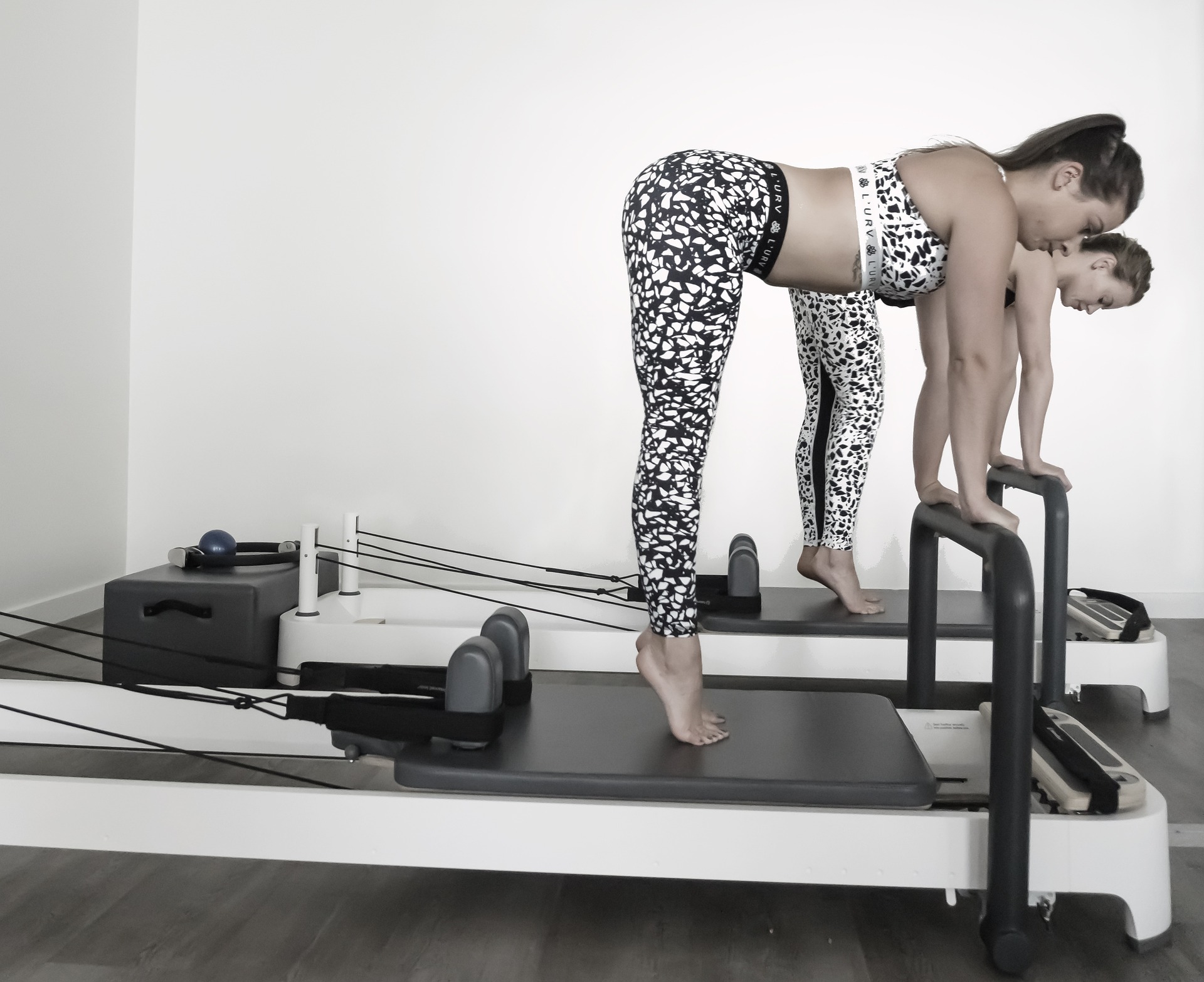Artistry in Motion: The Fusion of Dance and Fitness in Zumba
Physical fitness has always been intertwined with human evolution. Throughout history, we have sought ways to improve our strength, endurance, and agility, often through the medium of sports and exercise. However, in recent years, a unique blend of entertainment and fitness has emerged, introducing dance as a significant player in the fitness world. One of the most popular embodiments of this trend is Zumba, a Latin-inspired dance fitness program that has taken the world by storm.
Dancing through the Ages: A Historical Perspective
The roots of dance as a form of exercise trace back to ancient civilizations. For example, ancient Greeks integrated dance into their training for athletic competitions and war. Over centuries, dance evolved alongside culture and art until the 20th century when dance became recognized as a legitimate form of exercise. The aerobics boom in the 1980s further solidified dance’s place in fitness.
Zumba, however, brought a fresh twist to the dance-fitness scene. Originating in Colombia in the 1990s, it was the brainchild of Alberto “Beto” Perez, a fitness instructor who forgot his regular music one day and improvised with salsa and merengue tapes in his backpack. This spontaneous blend of fitness and dance was an instant hit, leading to the birth of Zumba Fitness.
The Zumba Wave: Current Trends and Impact
Zumba’s rise to prominence has been meteoric, with millions of people in over 180 countries attending Zumba classes every week. A key driver of this trend is Zumba’s unique blend of fitness and entertainment. It breaks the monotony of traditional workouts, making fitness more accessible and enjoyable for many.
Zumba’s impact extends beyond individual fitness. It has also contributed to the global fitness industry’s growth, which was valued at $96.7 billion in 2020 and is projected to reach $147.11 billion by 2024. Zumba Fitness, the company behind Zumba, has successfully leveraged this trend, offering instructor training, DVDs, and apparel, becoming a significant player in the global fitness market.
The Zumba Advantage: Benefits and Market Relevance
Zumba’s appeal lies in its myriad benefits. It provides a full-body workout, improving cardiovascular fitness, muscle conditioning, and flexibility. Furthermore, it promotes mental health by reducing stress and boosting mood, owing to its fun, high-energy nature and the release of endorphins during exercise.
In terms of market relevance, Zumba’s versatility makes it appealing to a broad demographic. It suits all ages and fitness levels, with special classes for kids, older adults, and people with disabilities. Moreover, its Latin-inspired music and dance steps have a universal appeal, transcending cultural and language barriers.
The Future Dance-Fitness Landscape: Expert Analysis
Experts predict a bright future for dance-fitness programs like Zumba. The continued growth of the global fitness industry, coupled with a growing focus on mental health and wellness, creates a favorable environment for such programs. Moreover, the rise of digital fitness platforms opens new avenues for dance-based workouts, making them more accessible to people worldwide.
Despite the challenges posed by the COVID-19 pandemic, Zumba and similar programs have shown resilience by transitioning to online platforms, demonstrating their adaptability and relevance in a rapidly changing fitness landscape.
Dance, Fitness, and Beyond
Zumba epitomizes the fusion of dance and fitness, offering a comprehensive workout that caters to the body and mind. Its global popularity and impact on the fitness industry underscore the significant role of dance in modern fitness.
As we look towards the future, the dance-fitness trend shows no signs of slowing down. The fusion of artistry and physicality in workouts like Zumba not only transforms our approach to fitness but also enriches our understanding of self-care and wellness.





